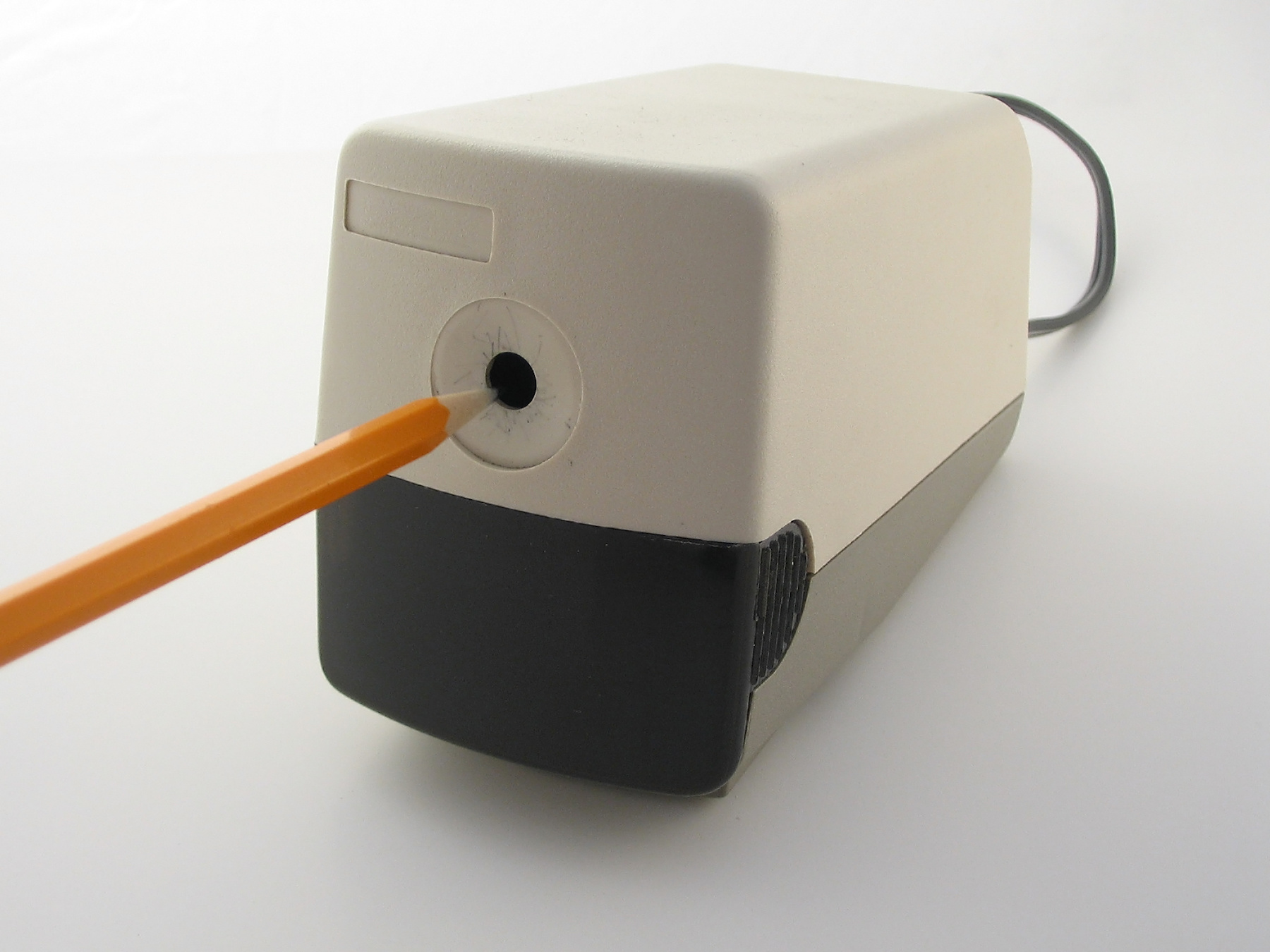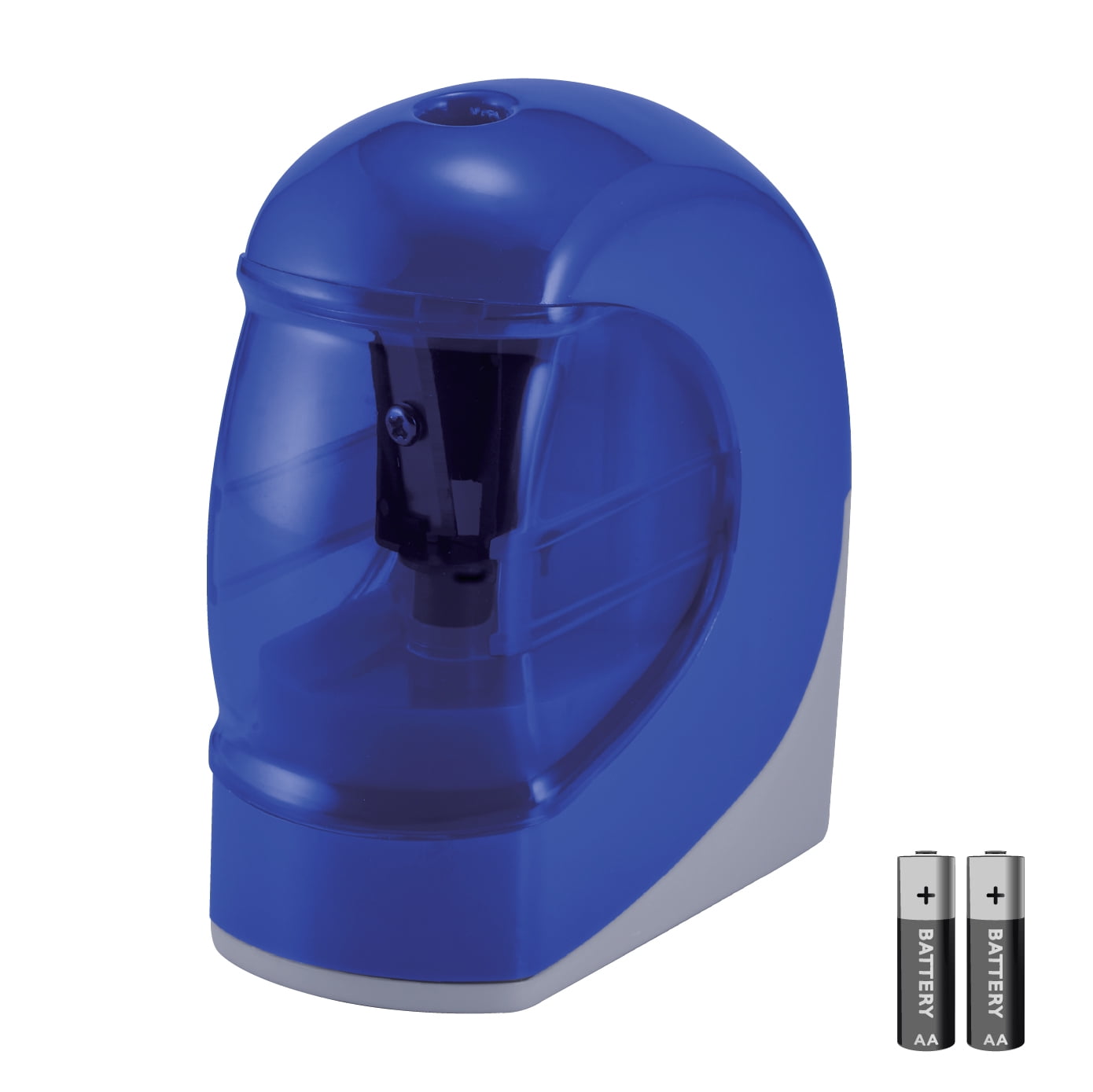Introduction
Pencil sharpeners, though often overlooked, play an indispensable role in maintaining the precision and functionality of one of the most ubiquitous writing instruments—the pencil. As objects that meld utility with design ingenuity, pencil sharpeners have evolved over time, transcending their initial purpose to become icons of functionality and aesthetic appeal. In this comprehensive exploration, we journey through the history, innovations, and cultural significance of pencil sharpeners, shedding light on their enduring allure and relevance in a world marked by technological advancements and digitalization.
The Importance of Precise Sharpening:
A Brief History of Pencil Sharpeners
The act of sharpening a pencil dates back centuries, with early methods involving knives or other sharp implements to carve a fine point. However, it wasn’t until the 19th century that the first mechanical pencil sharpeners emerged, offering a more efficient and consistent means of achieving precise tips. These early designs paved the way for the modern pencil sharpener, revolutionizing the way individuals prepared their writing instruments for use. The quest for precision and convenience in pencil sharpening spurred an era of innovation, leading to a diverse array of sharpening devices that catered to different needs and preferences.
Innovations in Sharpening Technology:
Tracing the Evolution of Pencil Sharpeners
The evolution of pencil sharpeners has been marked by a series of technological advancements aimed at simplifying the sharpening process and enhancing the quality of the results. From the advent of hand-cranked sharpeners to the introduction of automatic and electric models, each iteration sought to streamline the sharpening experience while ensuring optimal performance. Innovations such as helical blades, auto-stop features, and adjustable sharpening settings have further refined the sharpening process, offering users greater control and precision in achieving the desired pencil point.
From Portable to Electric:
Exploring the Range of Pencil Sharpener Designs
Pencil sharpeners come in a diverse range of designs, catering to various settings and user preferences. Portable handheld sharpeners, characterized by their compact size and portability, are favored for their convenience and suitability for on-the-go sharpening. Electric pencil sharpeners, on the other hand, offer automated sharpening capabilities, making them ideal for high-volume usage in educational institutions, offices, and artistic studios. Whether manual or electric, each type of sharpener is designed to accommodate different pencil sizes and shapes, reflecting the diverse needs of users across industries and creative pursuits.
The Intersection of Form and Function: The Aesthetics of Pencil Sharpeners
Beyond their utilitarian function, pencil sharpeners exhibit a spectrum of aesthetic sensibilities, ranging from minimalist and industrial designs to whimsical and playful forms. Manufacturers and designers have embraced the opportunity to infuse sharpeners with visual appeal, elevating them from mere tools to objets d’art. The incorporation of sleek metallic finishes, ergonomic contours, and vibrant color palettes has endowed pencil sharpeners with a sense of elegance and visual intrigue, transforming them into design accents that complement diverse workspaces and personal aesthetics.
The Role of Pencil Sharpeners in Education and Creative Industries
Pencil sharpeners hold a pivotal role in educational settings, serving as essential tools for students and educators alike. The reliability and efficiency of sharpeners directly impact the learning environment, ensuring that pencils remain consistently sharp for writing, drawing, and completing assignments. Similarly, in the creative industries, such as art, design, and illustration, the precision of pencil sharpening is paramount for achieving intricate details and fine lines. Artists and professionals rely on sharpeners to maintain the integrity of their drawing implements, allowing them to bring their creative visions to life with precision and finesse.
The Psychology of Sharpening: Understanding the Ritual of Pencil Preparation
The act of sharpening a pencil carries a ritualistic quality that transcends mere functionality, evoking a sense of anticipation and preparation. For many, the rhythmic sound of the blade against the pencil, coupled with the aroma of freshly shaved wood, elicits a feeling of focus and readiness—a sensory experience that precedes the act of creation or expression. This ritual of preparation fosters a tangible connection between the individual and the writing instrument, setting the stage for a purposeful and immersive engagement with the creative process. The act of sharpening becomes a meditative pause, signifying the transition from contemplation to action.
Pencil Sharpeners as Collectible Artifacts: Nostalgia and Rarity in a Modern Context
In recent years, there has been a surge of interest in vintage and collectible pencil sharpeners, driven by a wave of nostalgia and appreciation for craftsmanship. Enthusiasts and collectors seek out rare and unique sharpeners as artifacts that evoke memories of childhood, school days, and simpler times. From antique cast-iron sharpeners to novelty designs featuring whimsical characters and motifs, these collectibles hold a special allure, embodying a blend of historical significance and aesthetic charm. The resurgence of interest in pencil sharpeners as collectible items underscores their enduring appeal as cultural artifacts that transcend their utilitarian function.
Preserving Tradition in a Digital Age: The Enduring Appeal of Manual Pencil Sharpeners
Despite the proliferation of digital technologies and devices, manual pencil sharpeners continue to hold a distinct appeal for users who value tradition, craftsmanship, and tactile engagement. Manual sharpeners offer a hands-on approach to pencil preparation, allowing individuals to exercise precise control over the sharpening process and savor the sensory experience of crafting a fine point. The enduring popularity of manual sharpeners speaks to a desire for authenticity and simplicity in an increasingly digitized world, fostering a renewed appreciation for the timeless art of pencil sharpening.
The Future of Sharpening: Innovations and Sustainability in Pencil Sharpener Design
As society continues to embrace sustainable practices and eco-conscious initiatives, the realm of pencil sharpeners is witnessing a shift toward environmentally friendly materials and manufacturing processes. Innovative designs that prioritize recyclability, durability, and energy efficiency are emerging, aligning with the ethos of sustainability and responsible consumption. Furthermore, advancements in blade technology, ergonomic design, and user-friendly features are shaping the next generation of sharpeners, offering enhanced performance while reducing environmental impact. The future of pencil sharpening lies in harmonizing innovation with sustainability, ensuring that these essential tools evolve in tandem with evolving societal values.
Conclusion:
Celebrating the Timeless Elegance and Utility of Pencil Sharpeners
In conclusion, pencil sharpeners stand as testament to the enduring marriage of functionality, design, and cultural significance. From their humble origins to their contemporary iterations, those have persevered as indispensable tools that enrich the act of writing, drawing, and creating. Their evolution reflects a deep-seated human appreciation for precision, craftsmanship, and aesthetic appeal, transcending their practical function to become enduring symbols of creativity and tradition. Whether as educational essentials, design statements, or collectible artifacts, those continue to captivate and inspire, embodying the timeless elegance and utility that define their enduring legacy.






